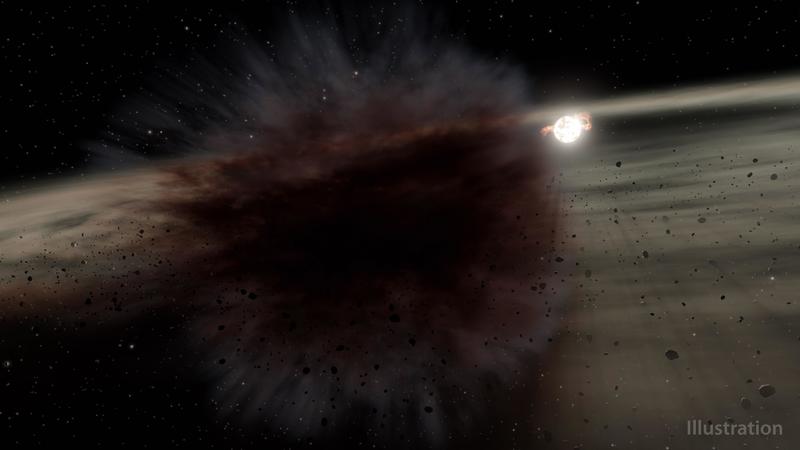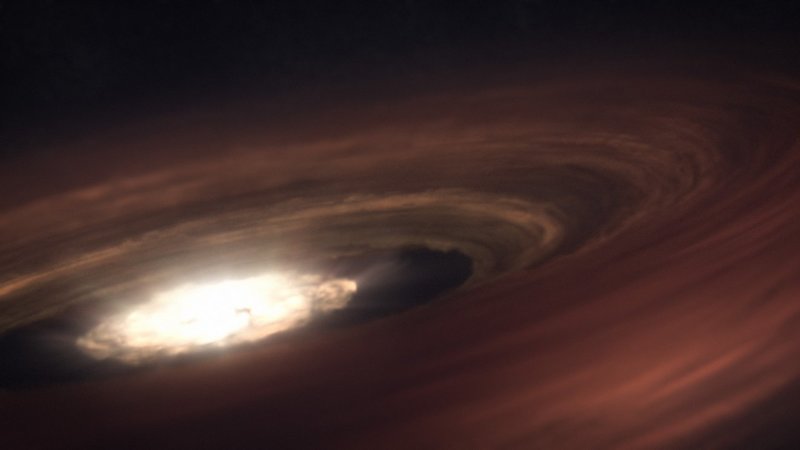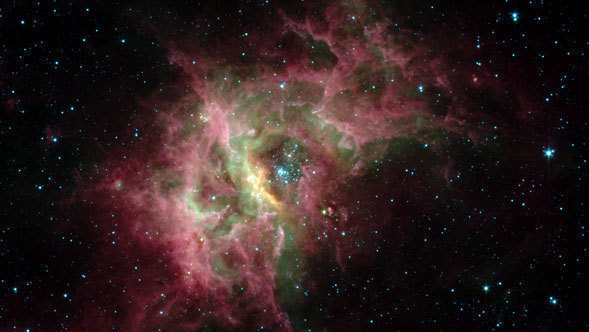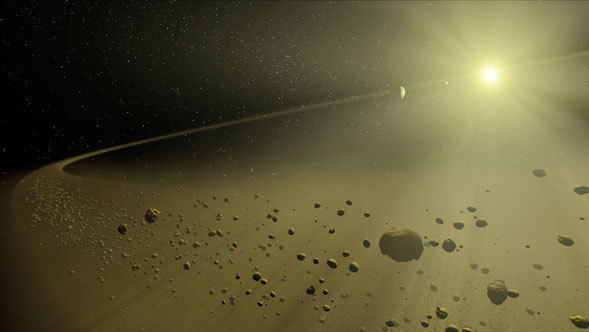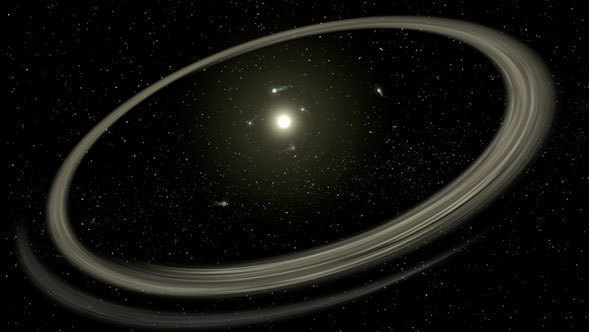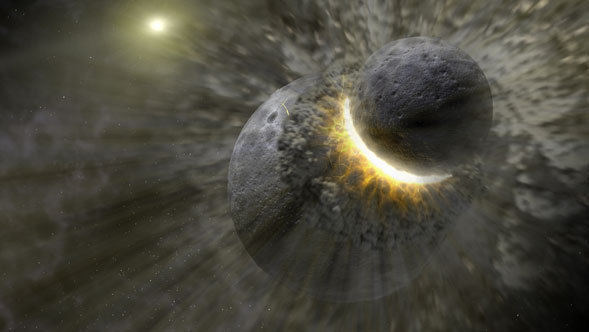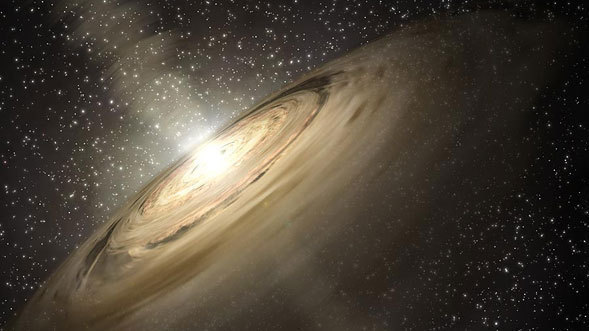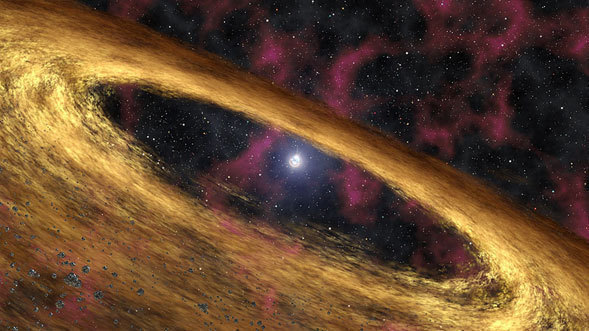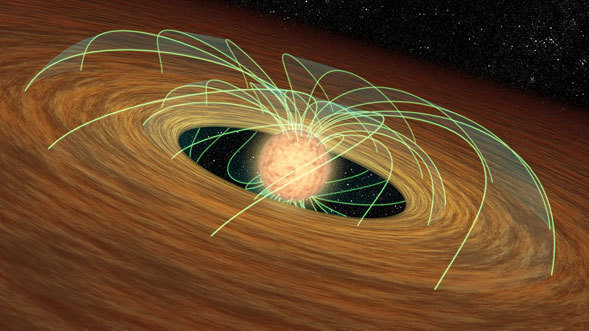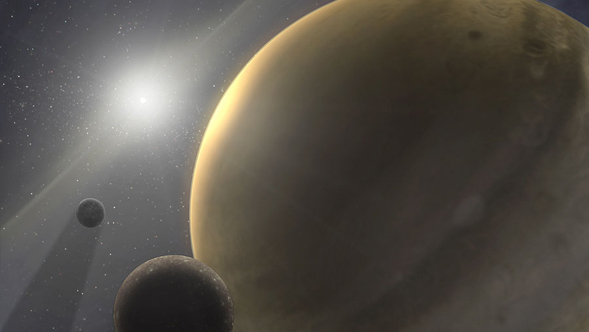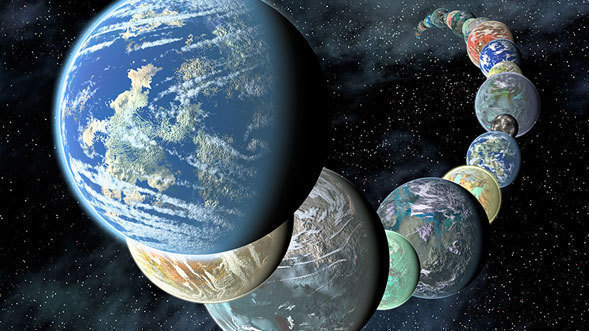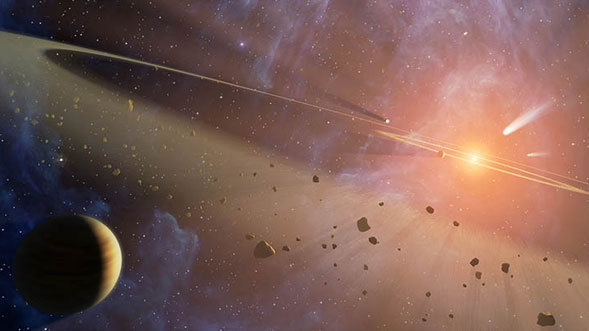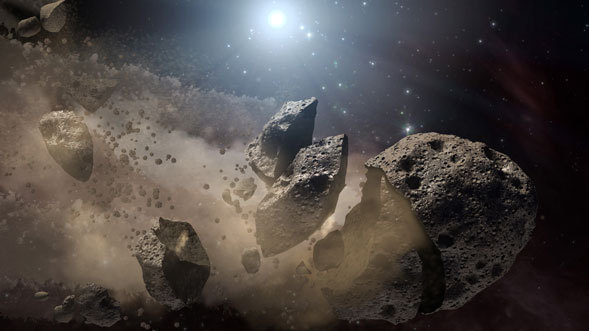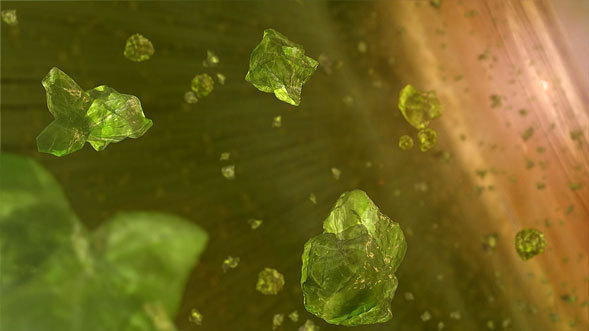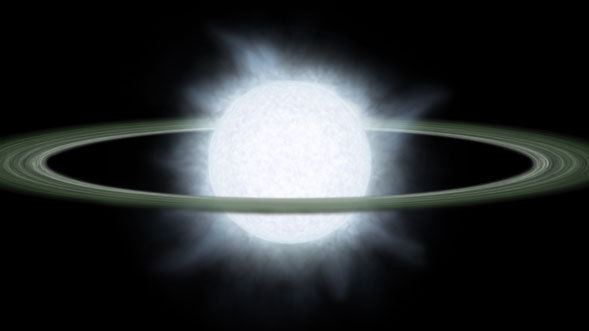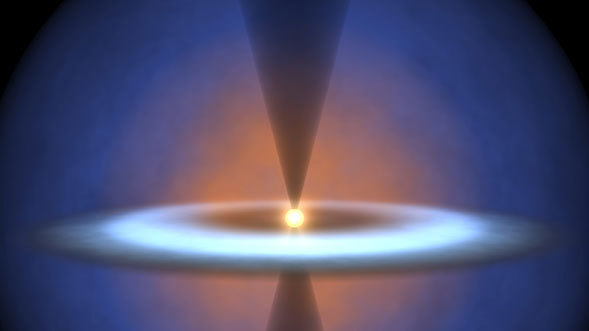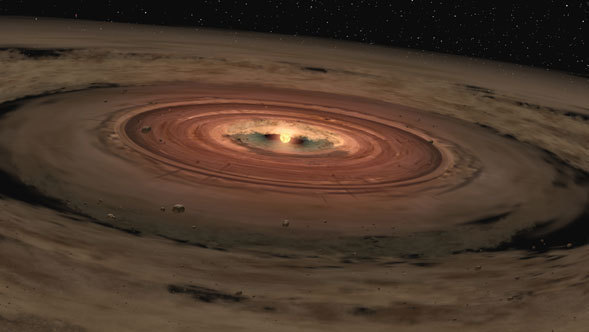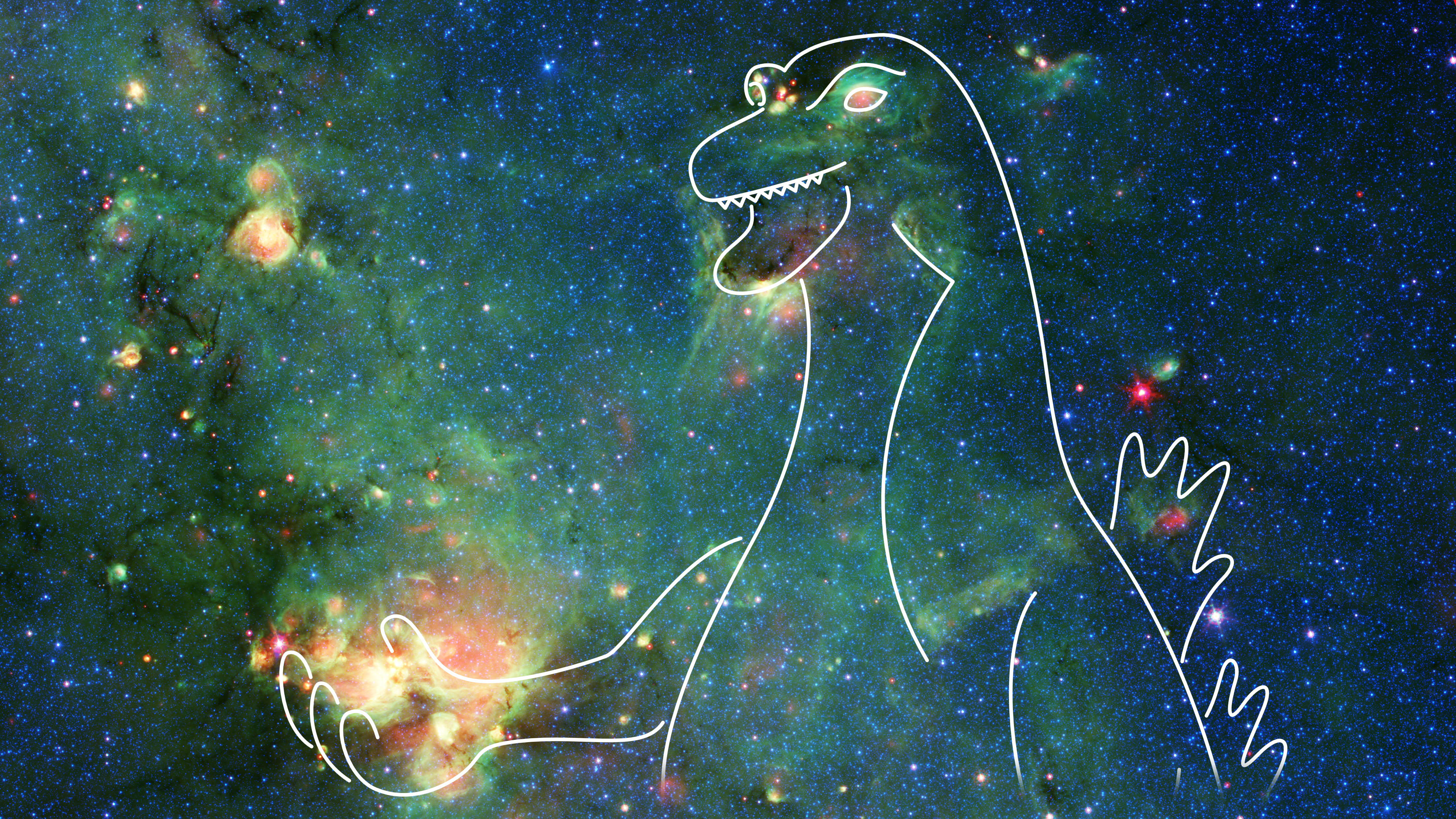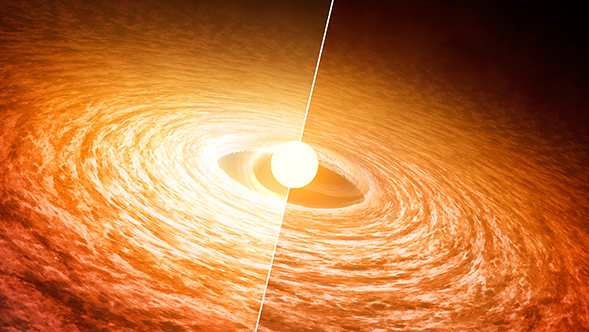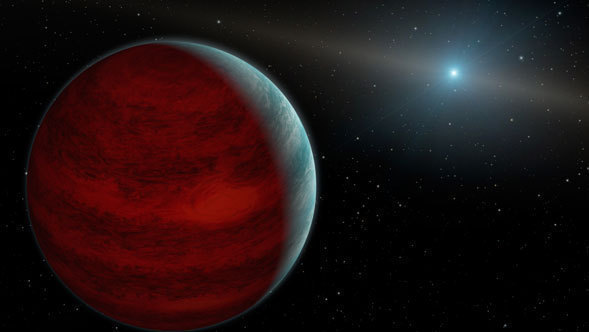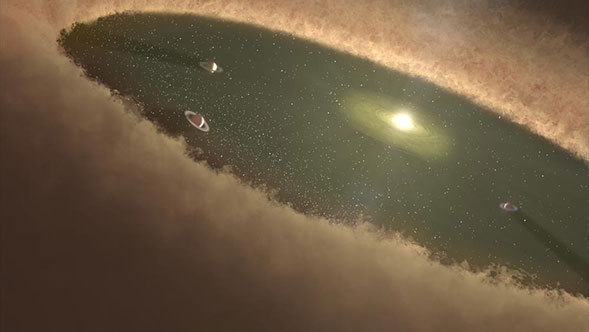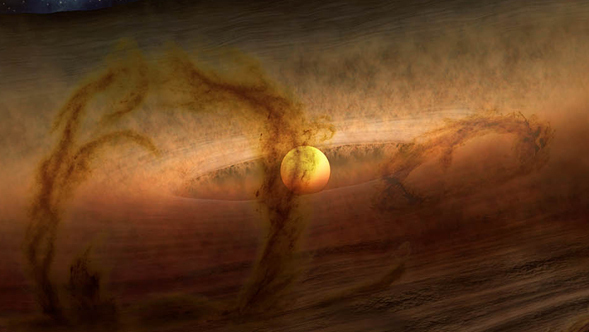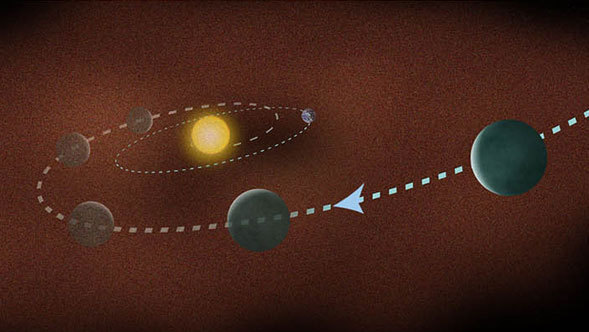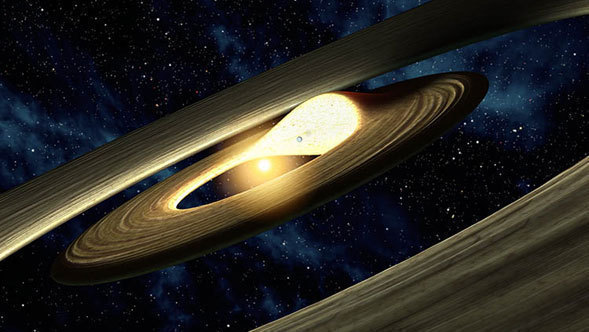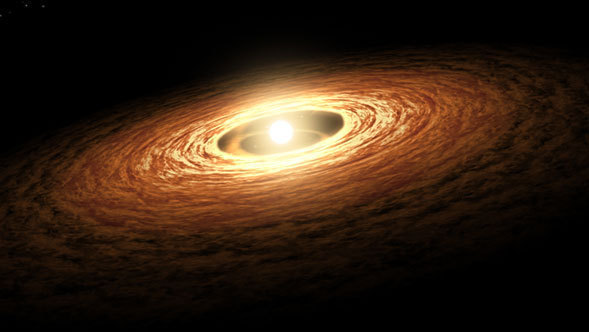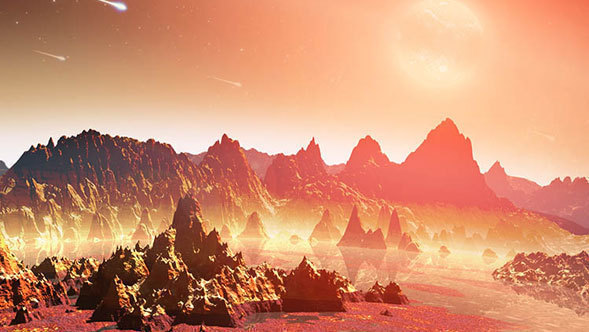One of Spitzer’s design goals was to enable astronomers to study the infrared glow of dust and debris orbiting distant stars. This is the source material for building new planets, and it can provide the tell-tale sign of asteroid belts in systems in which planets have already formed.
Spitzer was able to scrutinize otherwise unseen dust disks around young stars, identifying temperatures and composition as well as finding evidence for planets in the process of forming. It likewise found systems possessing asteroid belts similar to our own, providing clues to as-yet undiscovered planets within the same systems.
Major smashups between rocky bodies shaped our solar system. Observations of a similar crash give clues about how frequent these events are around other stars.
Observations by the MIRI instrument on NASA’s Webb telescope are providing new clues about the time window when planets can form around a young star.
NASA has announced new findings from the Spitzer Space Telescope, including the discovery of significant amounts of icy organic materials sprinkled throughout several "planetary construction zones," or dusty planet-forming discs, which circle infant stars.
Two of NASA's Great Observatories, the Spitzer Space Telescope and the Hubble Space Telescope, have provided astronomers an unprecedented look at dusty planetary debris around stars the size of our Sun.
Planets are built over a long period of massive collisions between rocky bodies as big as mountain ranges, astronomers announced today.
Astronomers say a dusty disk swirling around the nearby star Vega is bigger than earlier thought. It was probably caused by collisions of objects, perhaps as big as the planet Pluto, up to 2,000 kilometers (about 1,200 miles) in diameter.
NASA's Spitzer Space Telescope has discovered some of life's most basic ingredients in the dust swirling around a young star. The ingredients -- gaseous precursors to DNA and protein -- were detected in the star's terrestrial planet zone, a region where rocky planets such as Earth are thought to be born.
NASA's Spitzer Space Telescope has uncovered new evidence that planets might rise up out of a dead star's ashes.
Astronomers using NASA's Spitzer Space Telescope have found evidence that dusty disks of planet-forming material tug on and slow down the young, whirling stars they surround.
Gas-giant planets like Jupiter and Saturn form soon after their stars do, according to new research.
Astronomers have discovered that terrestrial planets might form around many, if not most, of the nearby sun-like stars in our galaxy. These new results suggest that worlds with potential for life might be more common than we thought.
New observations from NASA's Spitzer Space Telescope indicate that the nearest planetary system to our own has two asteroid belts. Our own solar system has just one.
Astronomers have turned to an unexpected place to study the evolution of planets -- dead stars.
NASA's Spitzer Space Telescope has spotted the very beginnings of what might become planets around the puniest of celestial orbs -- brown dwarfs, or "failed stars."
NASA's Spitzer Space Telescope has identified two huge "hypergiant" stars circled by monstrous disks of what might be planet-forming dust. The findings surprised astronomers because stars as big as these were thought to be inhospitable to planets.
NASA's Spitzer Space Telescope has detected enough water vapor to fill the oceans on Earth five times inside the collapsing nest of a forming star system. Astronomers say the water vapor is pouring down from the system's natal cloud and smacking into a dusty disk where planets are thought to form.
Moons circle planets, and planets circle stars. Now, astronomers have learned that planets may also circle celestial bodies almost as small as planets.
Just like clouds on Earth, clouds of gas and dust in space can sometimes resemble familiar objects, or even popular movie creatures.
Astronomers have gained a new perspective on the behavior of outbursting star FU Orionis, using data from an airborne observatory and a space telescope.
An older planet may have reclaimed its youthful glow, according to new evidence from NASA's Spitzer Space Telescope.
Researchers studying what appears to be a beefed-up version of our solar system have discovered that it is encased in a halo of fine dust. The findings are based on infrared data from NASA's Spitzer Space Telescope and the European Space Agency's Herschel Space Observatory, in which NASA is a partner.
Gigantic magnetic loops on planet-forming disks explain a mystery of too much infrared light.
Solar systems with life-bearing planets may be rare if they are dependent on the presence of asteroid belts of just the right mass.
Astronomers have witnessed odd behavior around a young star. Something, perhaps another star or a planet, appears to be pushing a clump of planet-forming material around. The observations, made with NASA's Spitzer Space Telescope, offer a rare look into the early stages of planet formation.
Scientists have long wondered how tiny silicate crystals, which need sizzling high temperatures to form, have found their way into frozen comets, born in the deep freeze of the solar system's outer edges. The crystals would have begun as non-crystallized silicate particles, part of the mix of gas and dust from which the solar system developed.
Life on Earth is thought to have arisen from a hot soup of chemicals. Does this same soup exist on planets around other stars? A new study from NASA's Spitzer Space Telescope hints that planets around stars cooler than our sun might possess a different mix of potentially life-forming, or "prebiotic," chemicals.
